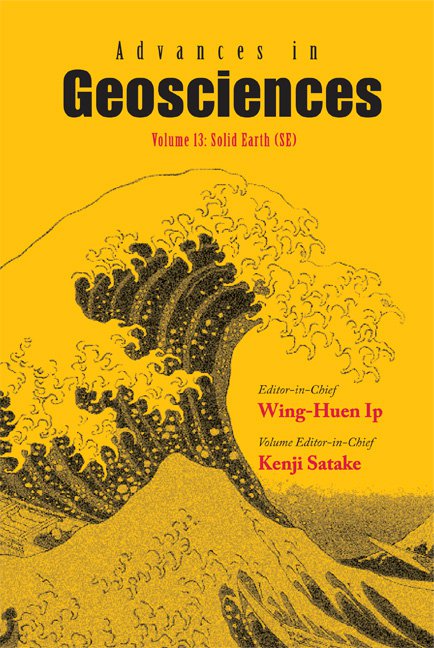THE GLOBAL GEODETIC OBSERVING SYSTEM
The Global Geodetic Observing System (GGOS) was established by the International Association of Geodesy (IAG) in July 2003. In April 2004 the IAG, represented by GGOS, became a participating organization of the Group on Earth Observation (GEO) and in May 2006 GGOS was accepted as a member of the Integrated Global Observation Strategy Partnership (IGOS-P).
GGOS is the contribution of geodesy to the Global Earth Observation System of Systems (GEOSS). It provides the reference systems and frames, which are crucial for Earth observing systems. GGOS is built on the IAG Services (IGS, IVS, ILRS, IDS, IERS, IGFS, etc.) and the products they derive on an operational basis for Earth monitoring, making use of space- and ground-based geodetic techniques such as Very Long Baseline Interferometry (VLBI), Satellite and Lunar Laser Ranging (SLR/LLR), Global Navigation Satellite Systems (GNSS), Doppler Orbitography and Radiopositioning Integrated by Satellite (DORIS), altimetry, InSAR (Interferometric Synthetic Aperture Radar), gravity satellite missions, and gravimetry, etc. All these observation techniques are considered integral parts of GGOS, allowing the monitoring of the Earth's shape and deformation (including water surface), the Earth's orientation and rotation, and the Earth's gravity field and its temporal variations with an unprecedented accuracy. The observed parameters give direct evidence of many global processes that have a crucial impact on human society such as earthquakes, volcanism, floods, sea-level change, climate change, groundwater redistribution, mass balance of the polar ice sheets, etc.
GGOS relies on the observing systems and analysis capabilities already in place in the IAG Services and envisions the continued development of innovative technologies, methods, and models to improve our understanding of global change processes. GGOS provides a framework that ranges from the acquisition, transfer, and processing of a tremendous amount of observational data to its consistent integration and assimilation into complex numerical models of the Earth system (including solid Earth, oceans, atmosphere, hydrosphere, cryosphere, and the interactions thereof). This is being achieved by an international effort, and a close, multi-disciplinary cooperation with groups working in related fields such as geodynamics, geophysics, oceanography, hydrology, glaciology, meteorology, and climatology. In summary, GGOS provides essential contributions to an integrated Earth monitoring system to help us better understand global change and its impact on environment and society.


